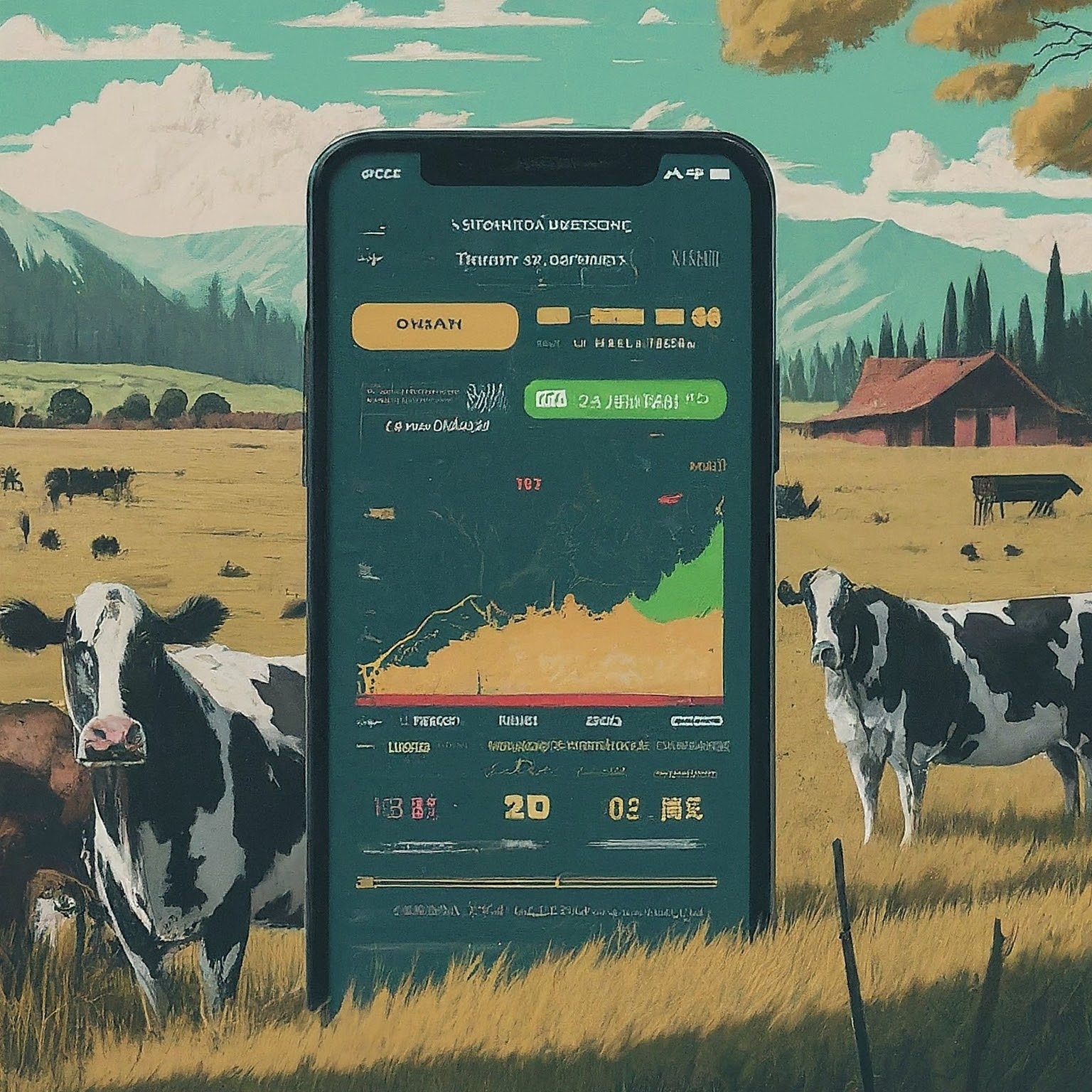Articles
Livestock presents an investment opportunity with potential for diversification and strong returns.

March. 7, 2024, 8:52 AM PST
By: John Andresen
Livestock production has been a cornerstone of human civilization for millennia, providing essential resources like food, clothing, and fuel. But livestock also is an investment opportunity, offering diversification and excellent potential returns.
Investing in livestock doesn't necessarily require sprawling pastures and a barn. Many farms offer agisting services, where they raise your animals for a fee. This allows you to participate in the benefits of livestock ownership without the burden of daily care and infrastructure costs. Agisting contracts typically cover feeding, housing, and veterinary care, freeing you to focus on monitoring the animal's health and performance.
For some livestock types, particularly those with strong genetics, owning stud animals can be a lucrative investment. Studs, like breeding bulls or alpaca herdsires, generate income through stud fees charged for breeding services. This income stream can be significant, especially for animals with rare genetics, outstanding conformation, and award-winning offspring.
Advantages
There are many advantages to livestock investing:
- Tangible Asset. Livestock are tangible assets with intrinsic value that can appreciate over time.
- Hedge Against Inflation. Livestock prices often rise alongside inflation, offering a potential hedge against rising costs.
- Portfolio Diversification. Investing in livestock can diversify your portfolio, reducing overall risk by spreading investments across different asset classes.
- Potential for High Returns. Well-managed livestock operations can generate significant returns.
- Tax Breaks. Tax deductions in farming offer various advantages, allowing you to claim deductions for livestock-related activities such as selling, breeding, or usage, thereby reducing your tax liability. Property tax deductions are available based on the animals you raise, potentially alleviating property tax requirements, while net operating losses from farming operations, including losses from previous years, can also be deducted, further reducing your tax liability.
Types of Livestock Investments
Livestock ownership can be done in many different ways:
- Direct Ownership. For hands-on investors, direct ownership offers the closest connection to the animals. You purchase, manage, and potentially breed your own livestock, reaping the rewards of careful husbandry. However, this approach demands significant capital for land, infrastructure, and animal acquisition. Strong knowledge of animal care, feeding practices, and veterinary needs is crucial.
- Livestock Shares. This option caters to investors seeking involvement without direct management responsibilities. Companies may offer shares representing ownership in a herd or flock. Profits are shared among shareholders, but control over daily operations might be limited. Research the company's track record and management expertise before investing.
- Livestock Funds. These investment vehicles pool money from multiple individuals and invest it in various livestock operations. This provides diversification and professional management, often with lower minimum investment compared to direct ownership. However, fees associated with fund management can reduce potential returns.
- Futures Contracts. Seasoned investors with a high tolerance for risk may consider futures contracts. These are agreements to buy or sell a specific livestock type at a predetermined price on a future date. While offering the possibility of significant profits based on price fluctuations, futures contracts are complex and susceptible to substantial losses.
- Contract Production. This approach involves raising livestock under a pre-established agreement with a buyer, such as a processing plant. Investors receive a contracted payment per animal raised, offering a predictable income stream. However, profit margins tend to be lower compared to other strategies.
Weighing the Landscape
Before venturing into livestock investment, a clear understanding of the inherent challenges is essential:
- Start-Up Costs. From land acquisition and infrastructure development to initial animal purchases, the initial investment can be substantial.
- Operational Expertise. Successful livestock management requires knowledge of animal care, nutrition, breeding practices, and disease prevention. Consulting experienced professionals may be necessary.
- Market Volatility. Livestock prices can fluctuate due to factors like weather events, disease outbreaks, consumer preferences, and global market trends.
- Regulatory Environment. Compliance with regulations governing animal welfare, environmental impact, and food safety is vital.
- Time Commitment. Direct ownership of livestock demands ongoing attention and care. It's a long-term investment, with returns often realized over several years.
The next steps involve delving deeper into research, developing a detailed management plan, and understanding the market landscape. By exploring these investment types and considering the influencing factors, you can craft a strategy aligned with your financial goals, risk tolerance, and available resources.
Livestock ownership, even with animals that you might never see in person, can be a great tax break and a very lucrative investment.
